Day one: Thursday, March 13th
The first day was a lot of traveling. I woke up at 3am to get to the airport by 4am to get on our 5am flight. There was 7 of us, 5 students and 2 teachers. We arrived in Tegucigalpa, Honduras around 1pm. We met up with 5 nursing students and one professor from the University in Tegucigalpa. We took at 3 hour bus ride to Siguatepeque where we stayed the night in a hotel, our last night with warm showers and working cellphones. The 7 from the US, 6 from Honduras, and one interpreter got together for the night to learn more about each other. We learned about the students schooling. They have 5 years at the University and the last year is an immersion where they are put into a part of the community where they are the only nurses in about an hour drive radius. We also learned that for every 10K Honduran citizens there is 2.5 nurses.
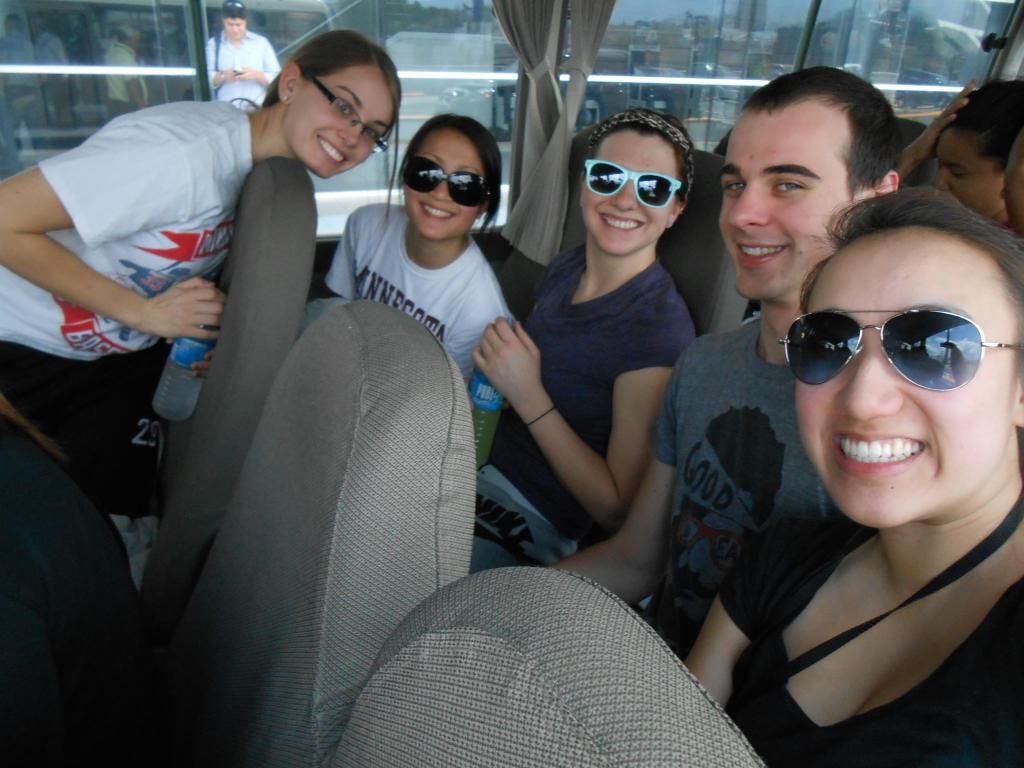 |
| On the Bus |
|
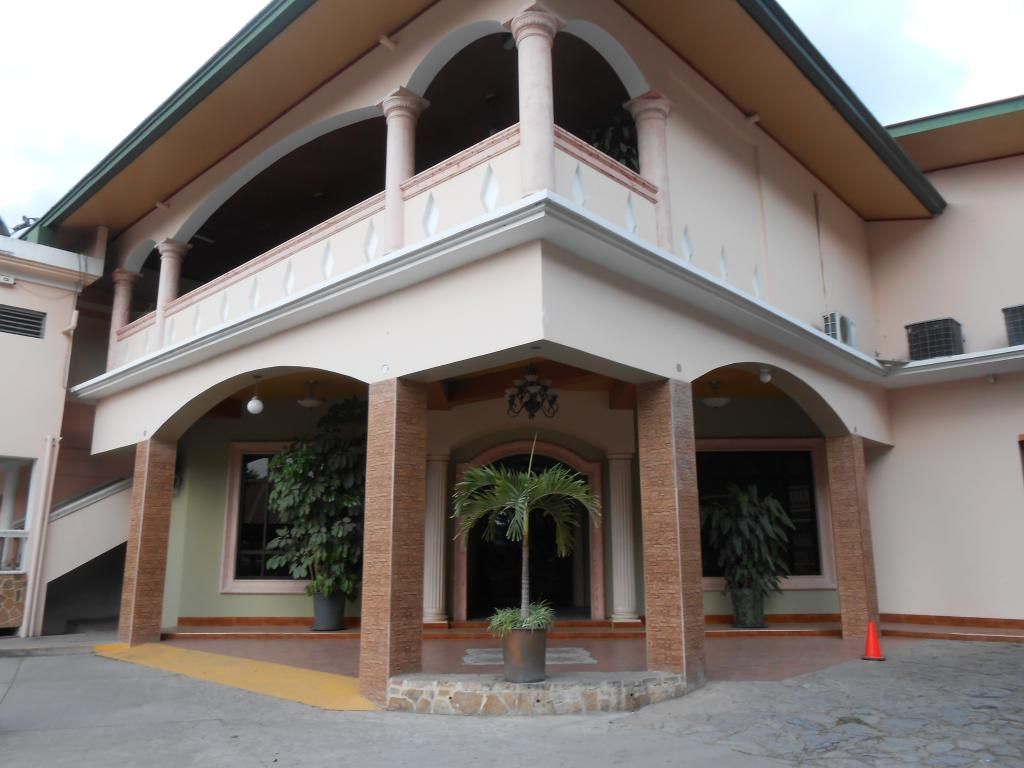 |
| The hotel |
|
 |
The U of M crew
|
|
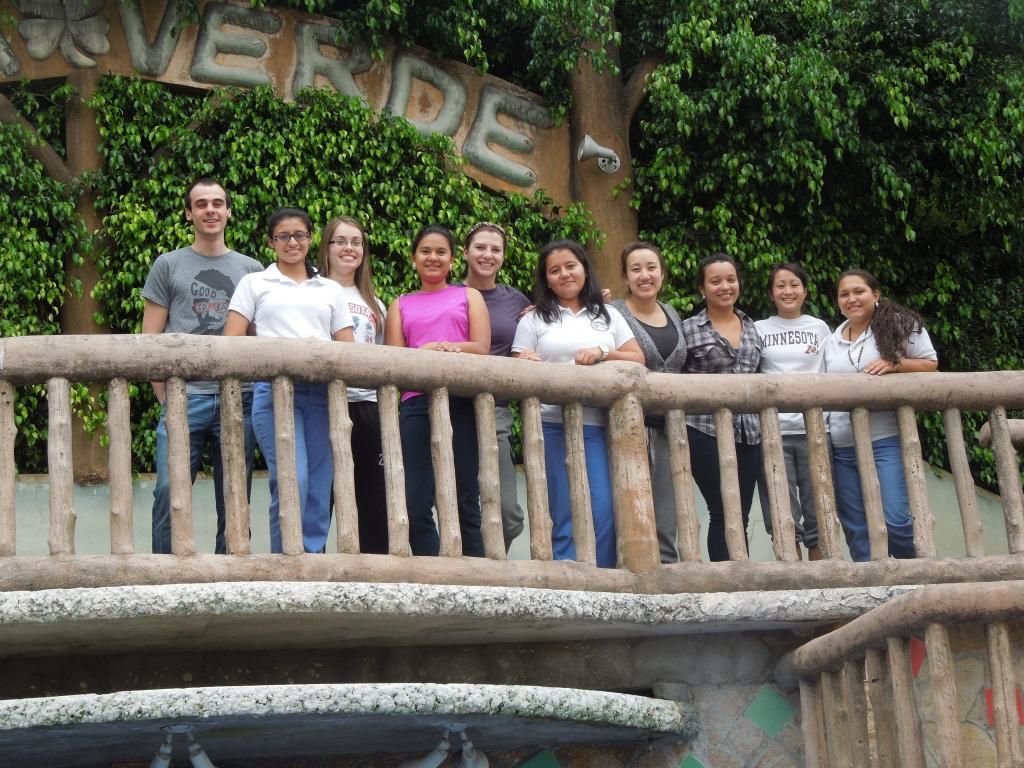 |
| Left to Right: Micheal, Doris, Me, Noelia, Gabby, Leyli, Stephanie, Paola, Tiffany, and Kelin. |
|
Day two: Friday, March 14th
We left at 8am and drove an hour to La Esperanza, where the hospital was located.
Hospital Facts:
1. The halls were packed like a high school between class time.
2. There were 5 beds per room. During busy times patients share beds in order for there to be enough room.
3. There are around 20 births per day; a total of 200 births happened the prior 2 weeks we were there.
4. Only 7 doctors worked there total.
5.Most of the time medications were not available for the patients conditions.
6. If a severe acute condition came through the door, such as a heart attack or a stroke, the patient would be sent to Tegucigalpa which was a 4 hour drive. This hospital was 4 hours away from where we were going to stay. That means it would take 8 hours for a heart attack or stroke patient to get treated. By that time they would not make it.
7. A Jogar was behind the hospital where pregnant women would stay before labor. Since they may live hours away from the hospital, they wanted to make sure they would be at the hospital when labor started.
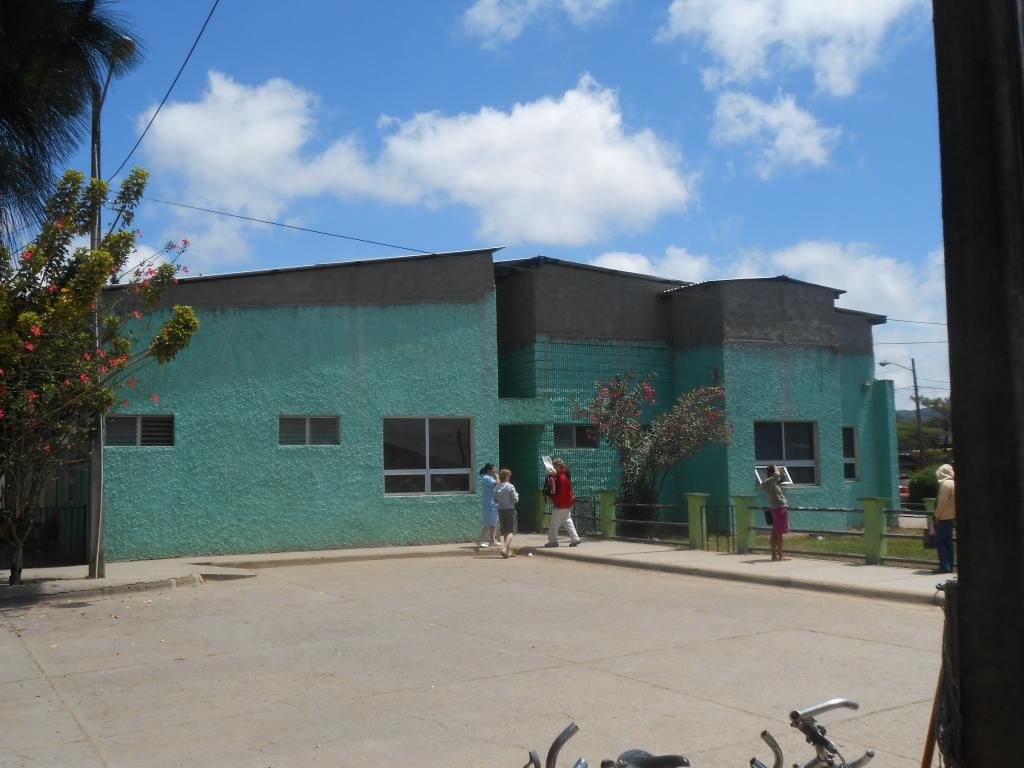 |
| The Front of the Hospital |
|
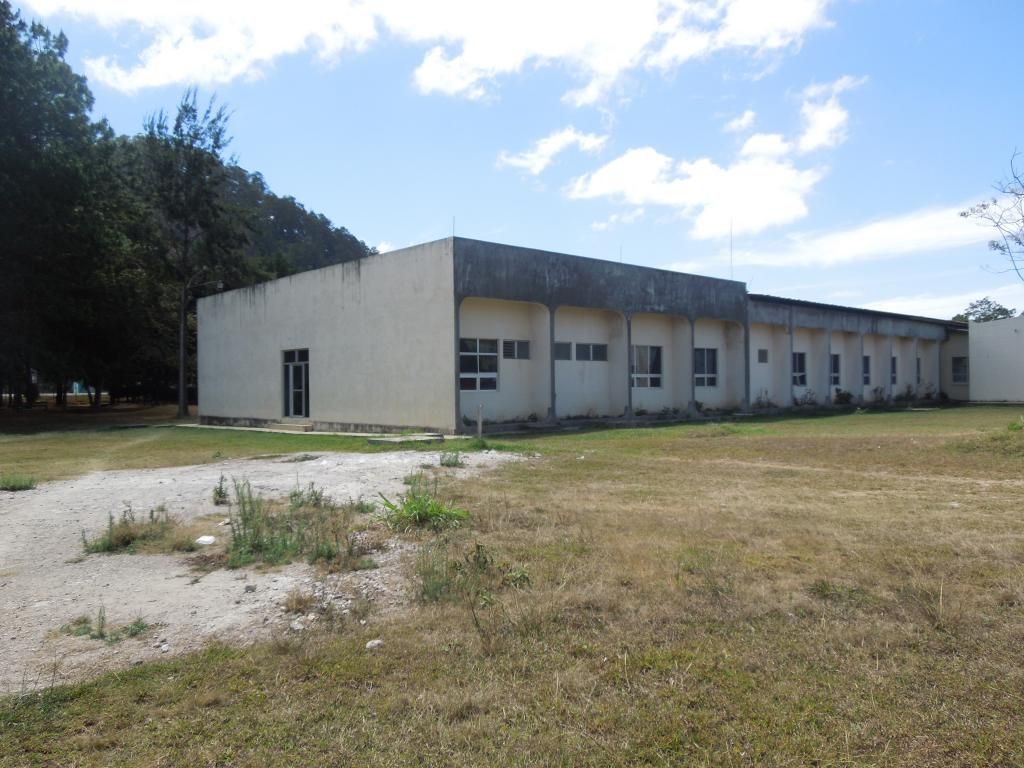 |
| The Back of the Hospital |
|
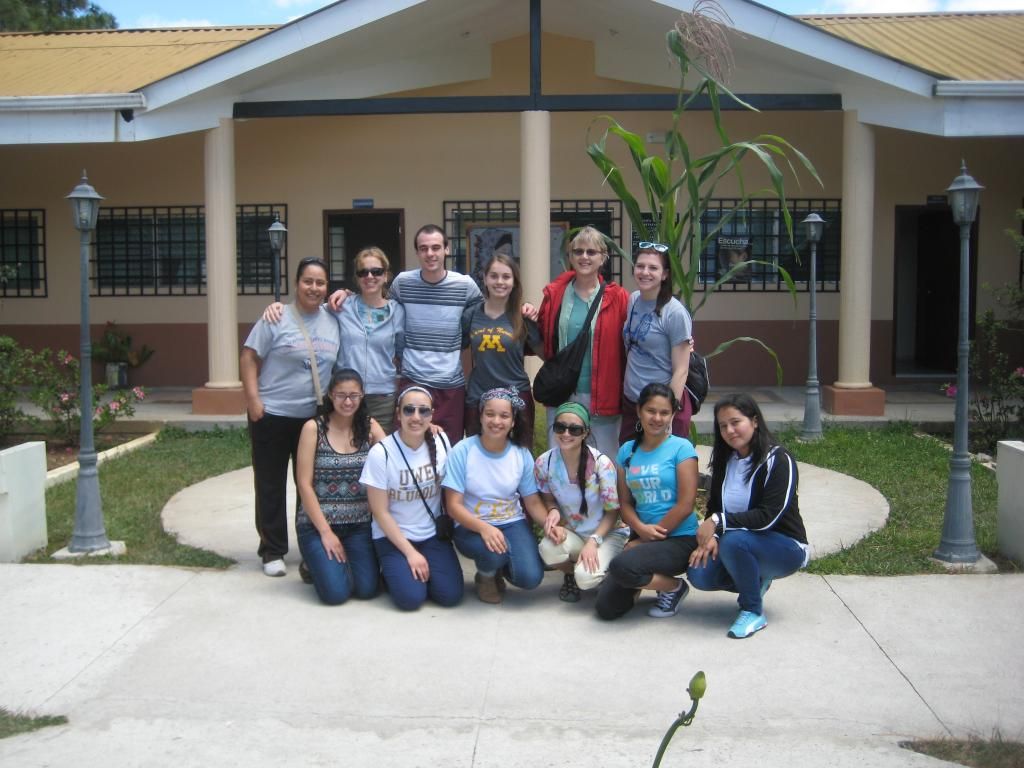 |
| The group at the Jogar |
|
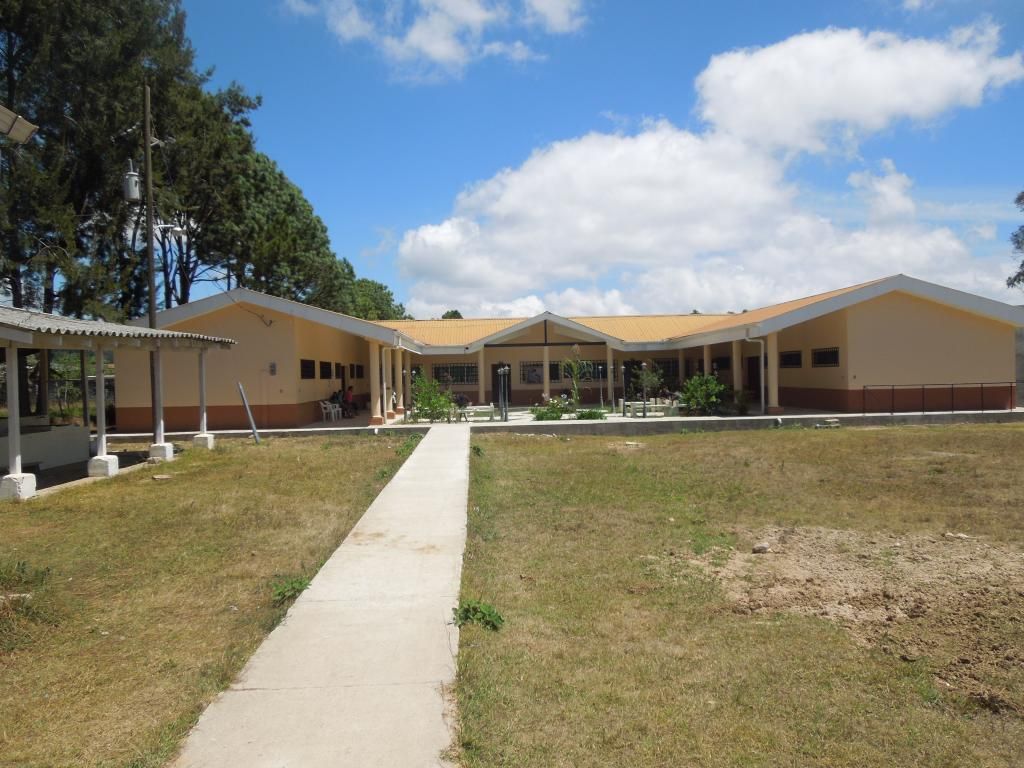 |
| The Jogar, where pregnant women went |
|
Next we hopped back on the bus for an hour and a half to Concepcion, where the students usually stay for this trip. However, the clinic was shut down because there was not enough money to fund it. There was a beautiful view of the mountains but the cameras could never capture it. The road we were on was also through the mountains and beautiful but again pictures did not do it's justice.
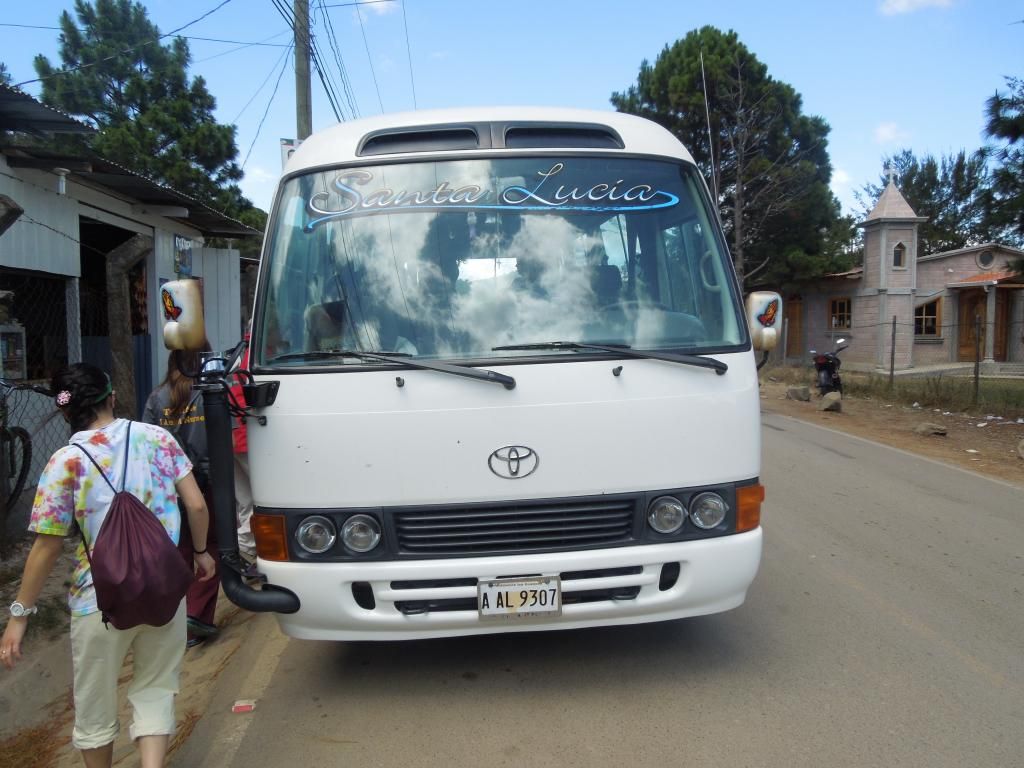 |
| Our cute bus |
|
 |
| Our bus again |
|
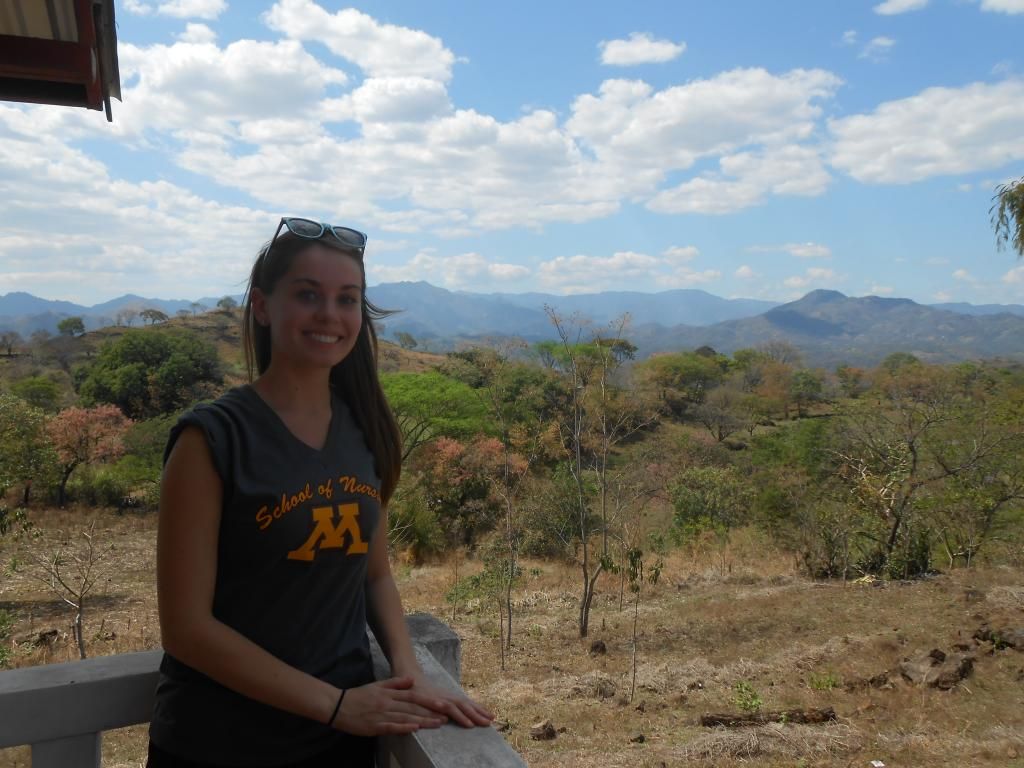 |
| In Concepcion in front of the view |
|
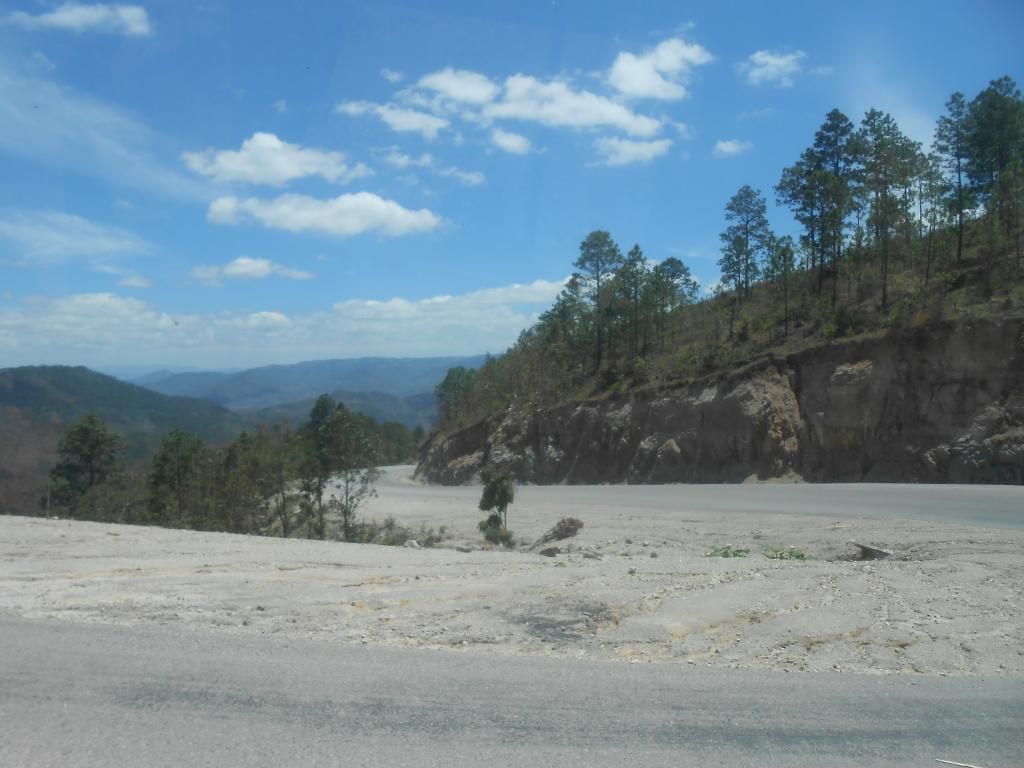 |
| The winding road with mountains in the back |
|
After another hour and a half we finally made it to our destination: Santa Lucia. We stayed behind a clinic called Hombro a Hombro which was the corporation we were working with. We walked around town to stretch our legs after the long travel. At night we got together as a large group to talk about our activity for the next day. We were going to meet with scholarship students so we planned some icebreakers such as the snap game, the watermelon game, the human knot, and of course the Macarena. It was the first time we started bonding with the other students from Honduras.
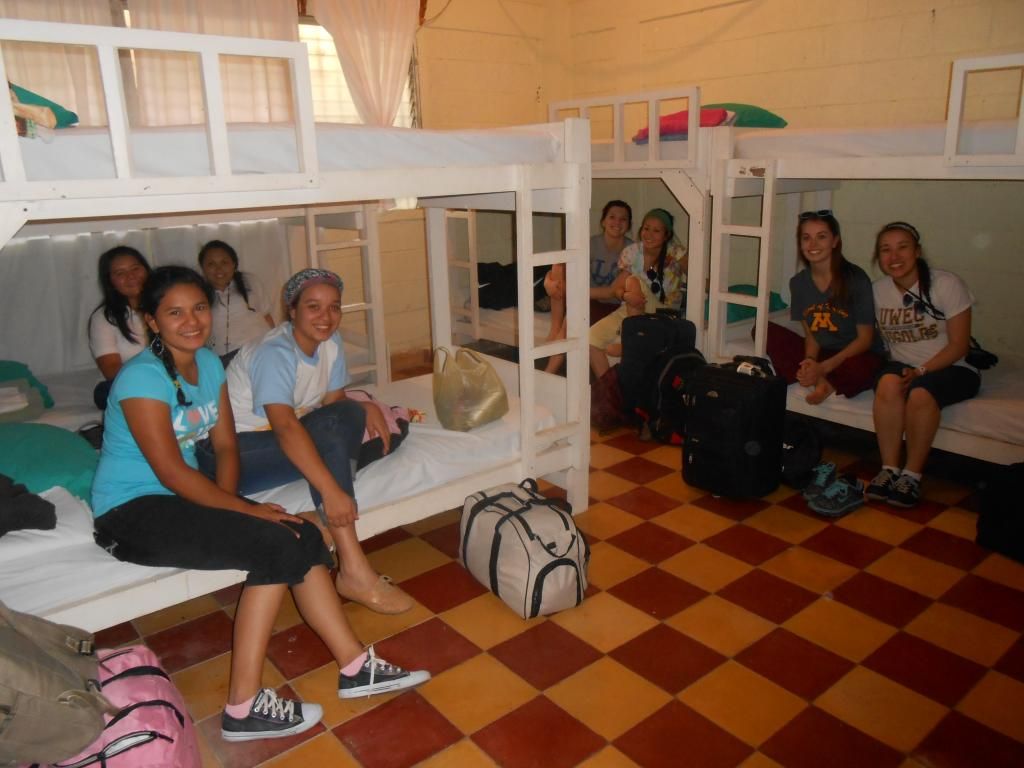 |
| Where the girls slept |
|
 |
| Our dinner table/ living area |
|
 |
| A church in town |
|
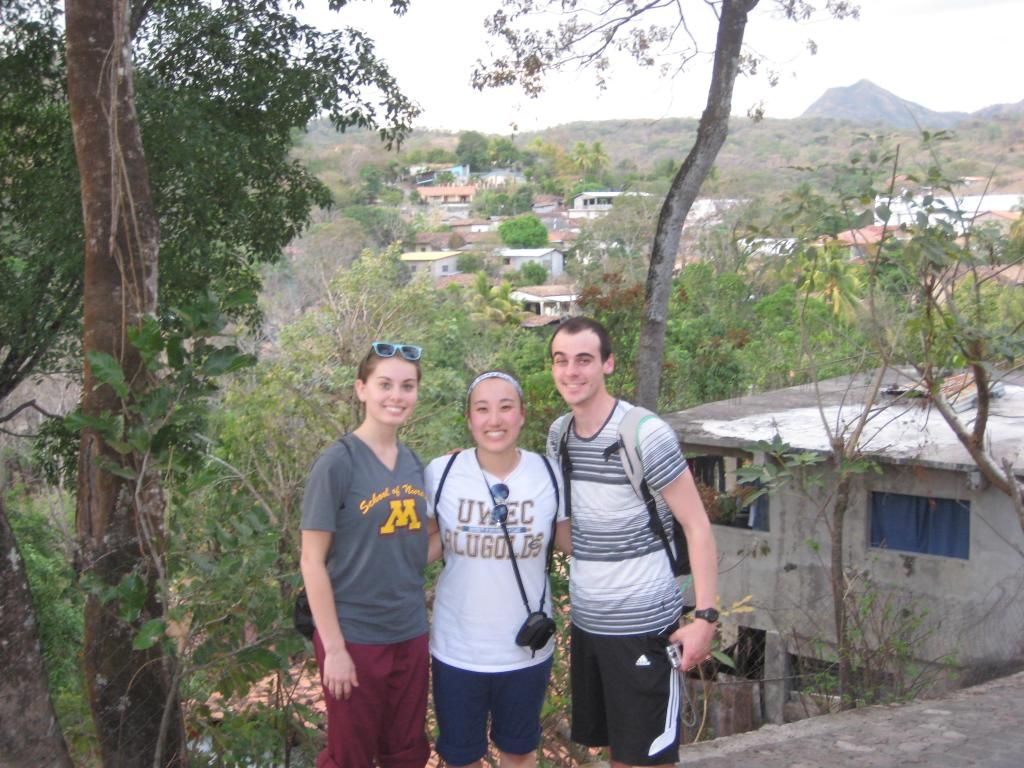 |
| Me, Stephanie, and Micheal in front of the town |
|
Day Three: Saturday, March 15th
We gathered in the Library of the clinic where we meet up with the 13 students that had a scholarship from Hombro a Hombro to go to the university. Required schooling was only up to about 8th grade and then after that you can go to college. So the students ranged from 12 to 16 years old. The scholarship did not just help with going to school but it also helped the family since they were losing someone that could help with labor such as taking care of the animals or the crops. We split up into 4 small groups to get to know the kids more. There was one scholarship student, one mom that was there for her son who couldn't make it, Leyli (a nursing student from Honduras), Antonio the translator, and me. After we got to know each other we did our first icebreaker, the Macarena. I was very surprised that the students did not already know the dance, so we had to teach them. Then we got back into our small groups and made up plays based on the 4 topics: Nutrition and Exercise, Drugs and Alcohol, Sexual Health, and Mental Health. Our group did a play on Nutrition and Exercise. It was really cool how creative they got because I did not think it was going to turn out the way it did. Then while we waited for lunch to get ready we played the human knot. The game is where you have to randomly grab people hands and then try to untangle yourself.
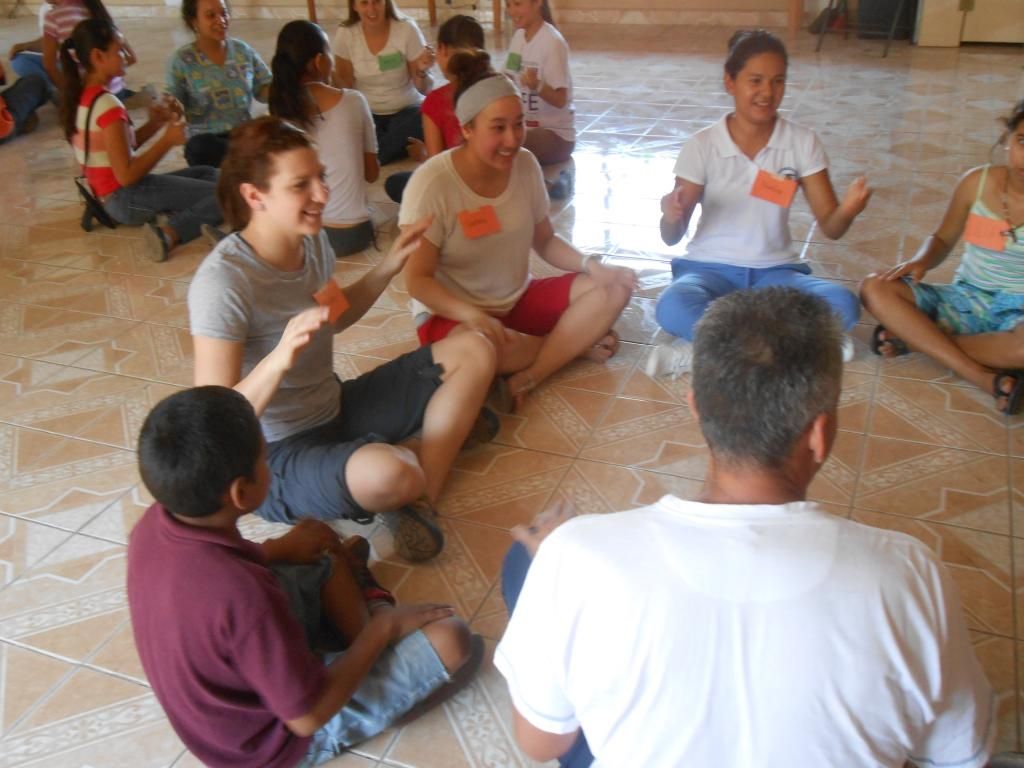 |
| Ice Breakers |
|
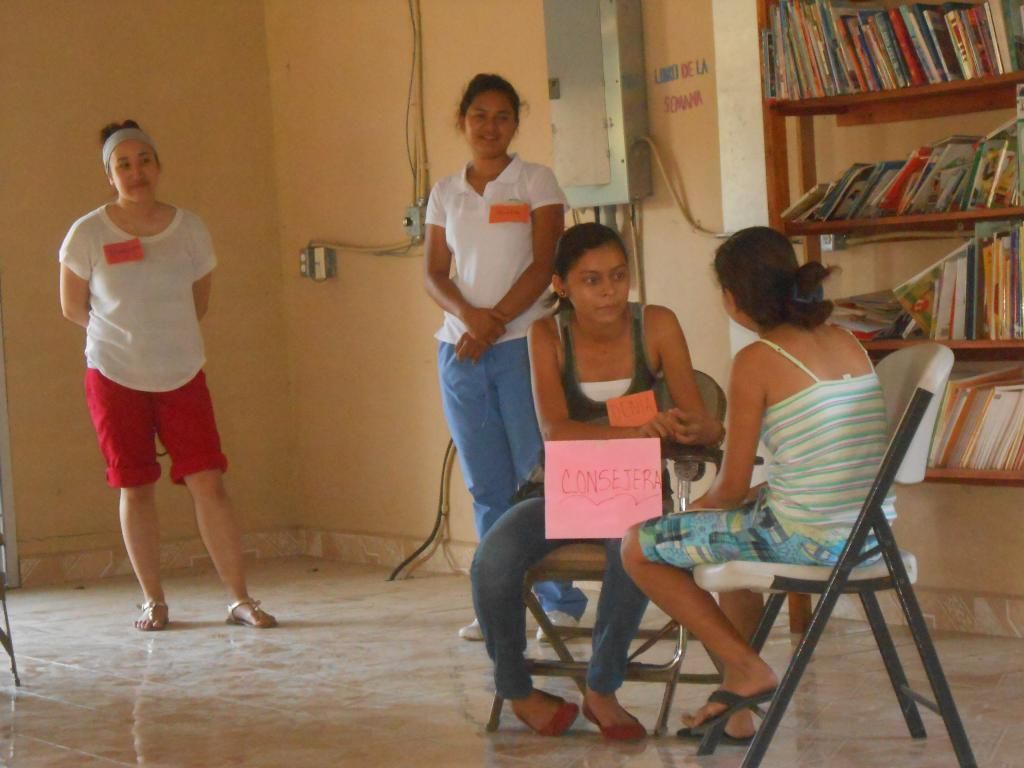 |
| Our skits |
|
 |
| Our skits |
|
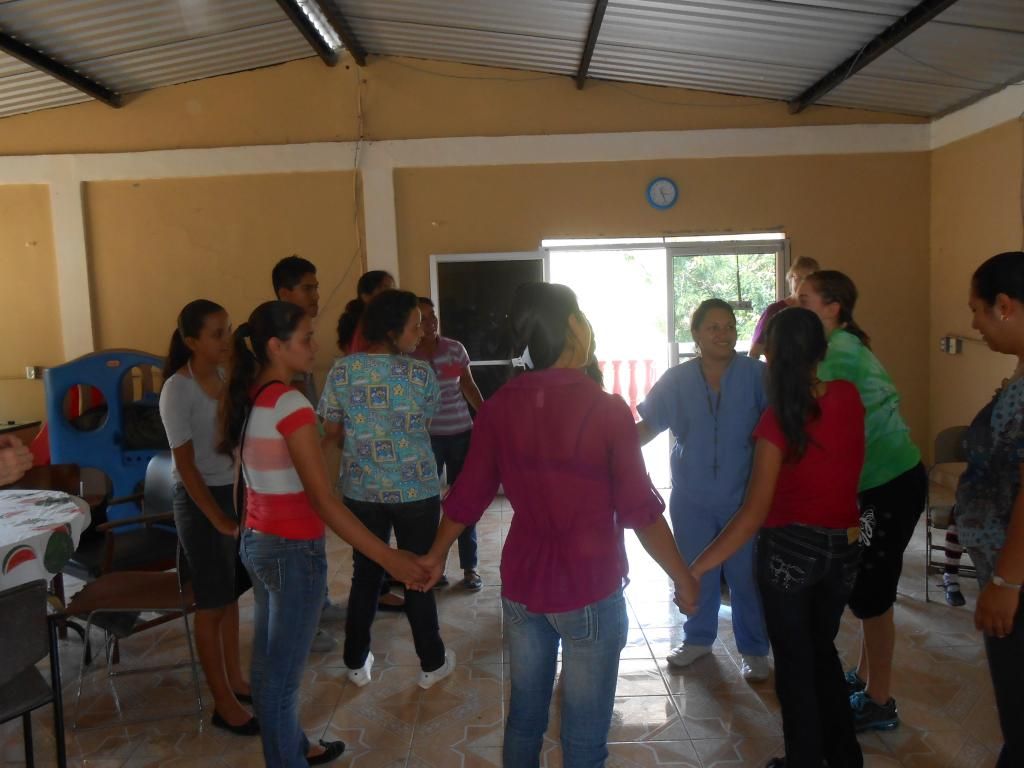 |
| The human knot |
|
After lunch the 5 students from the U of M made up a play we were going to do the next day at the market. We were going to teach about keeping your blood pressure low because it is a silent killer that could lead to a heart attack that like I said earlier did not have a high survival rate. It was extremely corny and thankfully we never had to do it the whole trip even though it kept getting brought up. It was a lot of fun to make it up and we made fun of it between ourselves the whole trip.
And then we hung out on the hammock. Which is what we did anytime we could. While we were out there we decided to practice manual blood pressures since we would have to do it tomorrow and we are use to just pushing a button and a machine doing it for us.
That night I got to go into the clinic to do postpartum rounds on a couple mothers and their babies that shared a small room. They would only stay at the clinic for less than 24 hours before they went home. The sheets also had blood on them but there is not enough water and supplies to clean them frequently enough.
Day Four: Sunday, March 16th
We left at 8am to go to the Market in town. We walked outside to get in the car to leave and there was pickup trucks that we hopped into the back of. Apparently this is normal there. Not only do you ride in the back but its better to stand in the back and hold on to the grab bar. The roads are so bumpy and rocky that your butt will hurt if you sit too long.
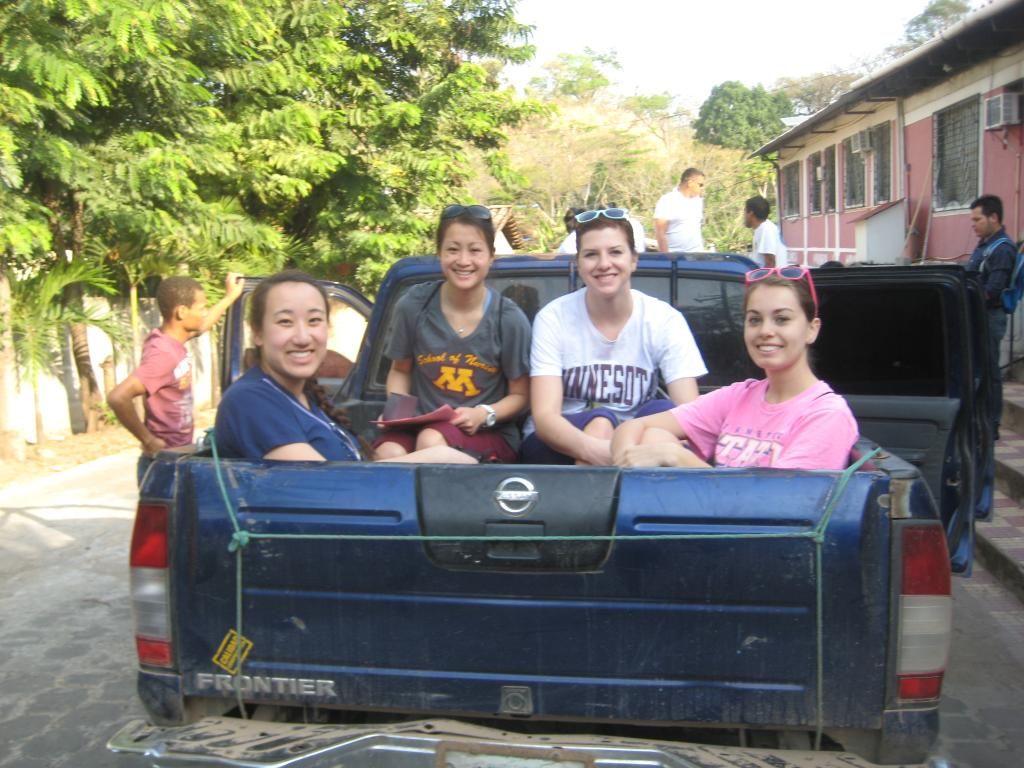 |
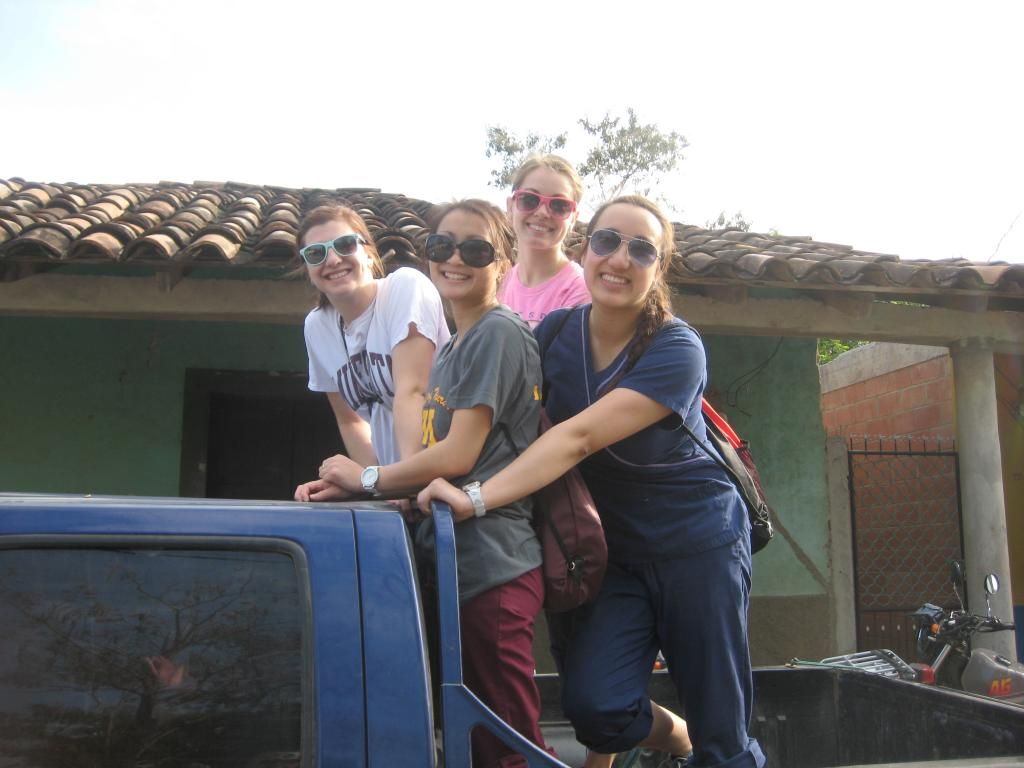 |
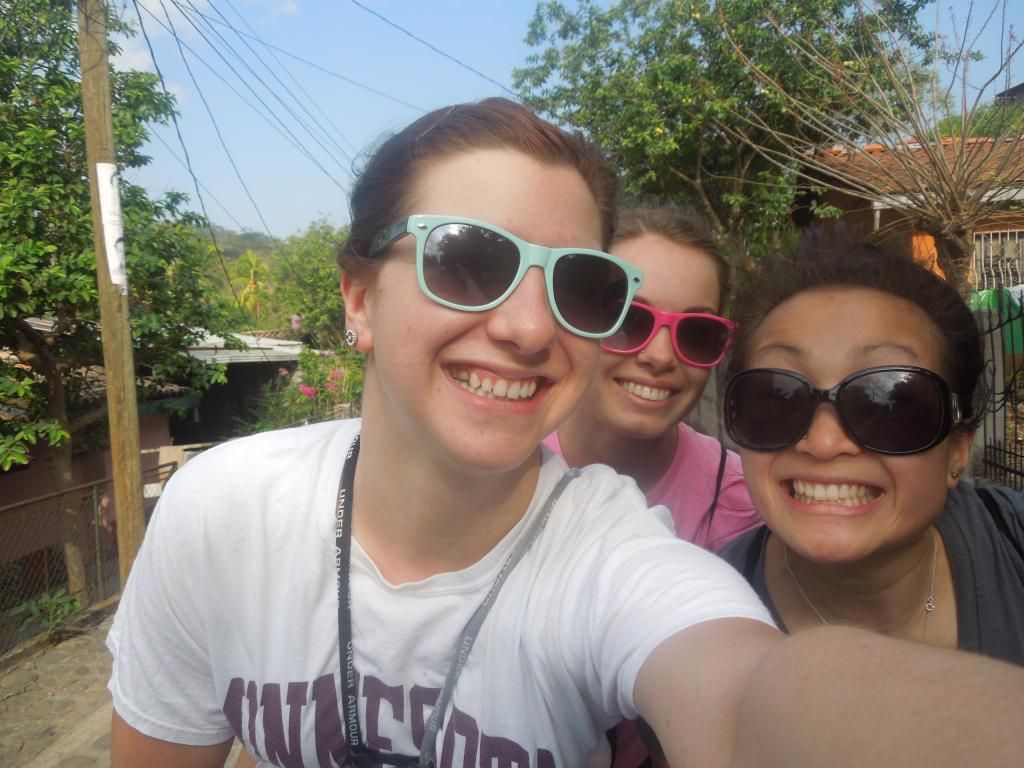 |
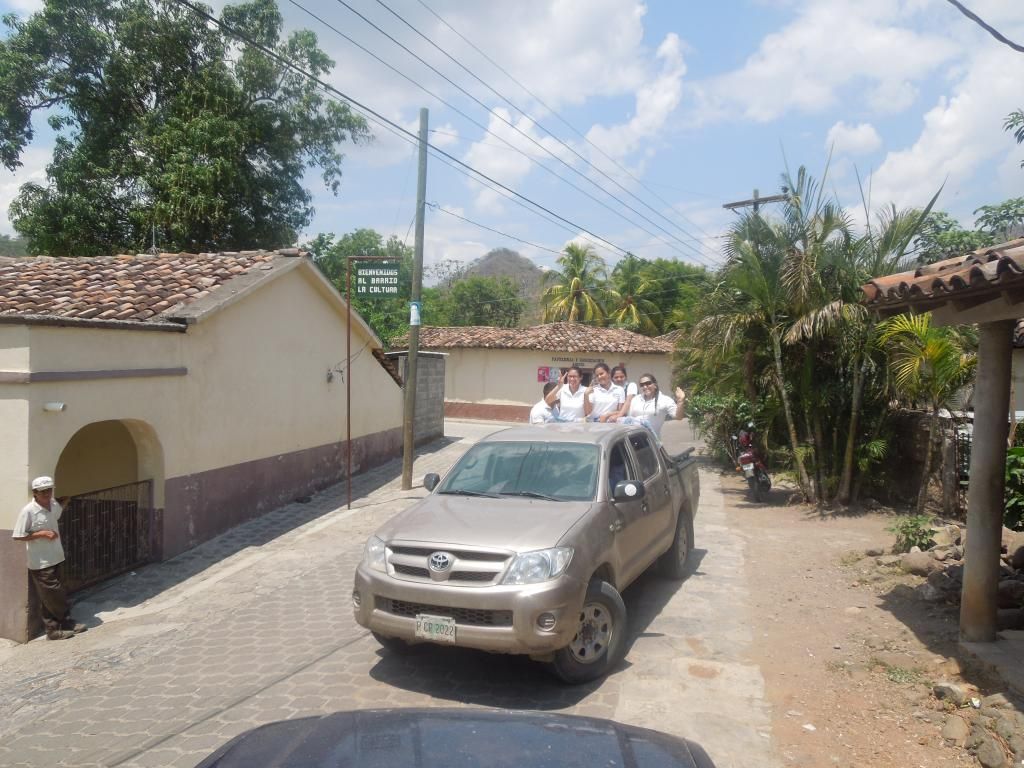 |
When we got to the market we went into a large building and set up chairs for us to present our plays. Only 4-5 people were there so far so we started screening those people. Then from there we just screened instead of doing the plays. If the BP was higher than 140/90 we had to refer them to our professor who would then refer them to our clinic. We did a lot of teaching with these clients because even if they had a BP over 130/80 they were prehypertensive so they were at risk for hypertension. We talked to them about eating less salt and exercising more. We also taught them about the importance of their medications if they already had hypertension. We traded off on people going into the market and others screening. The market had a lot of practical stuff like toiletries and clothes. It was like a target, since they do not have any stores like that around there.
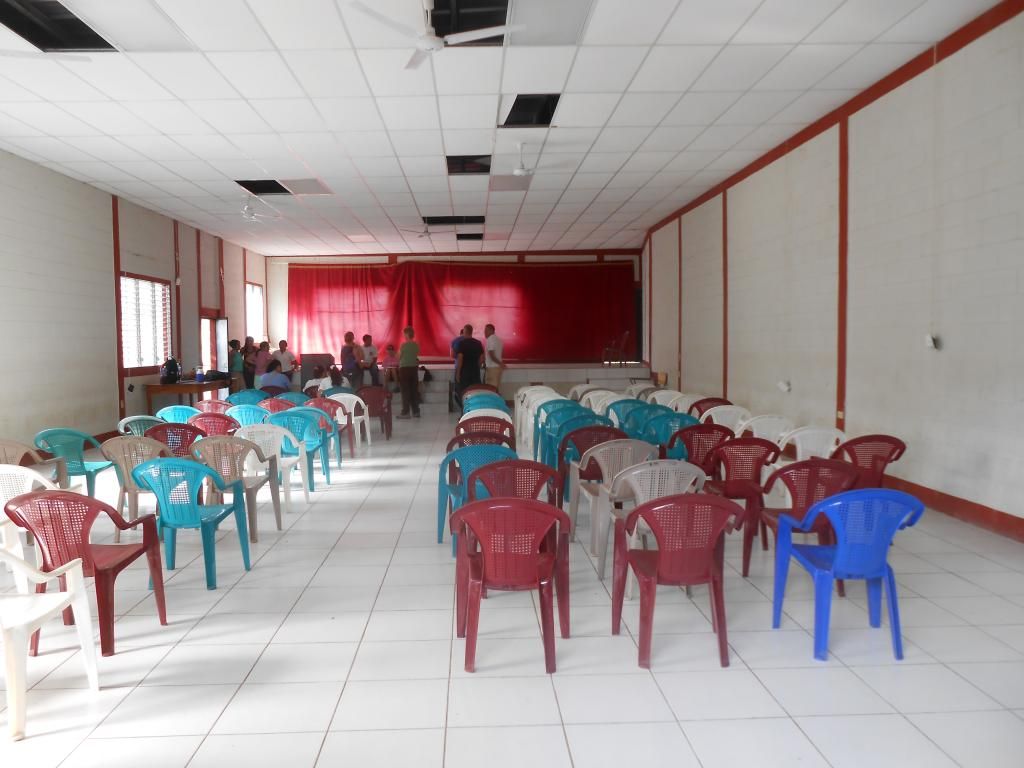 |
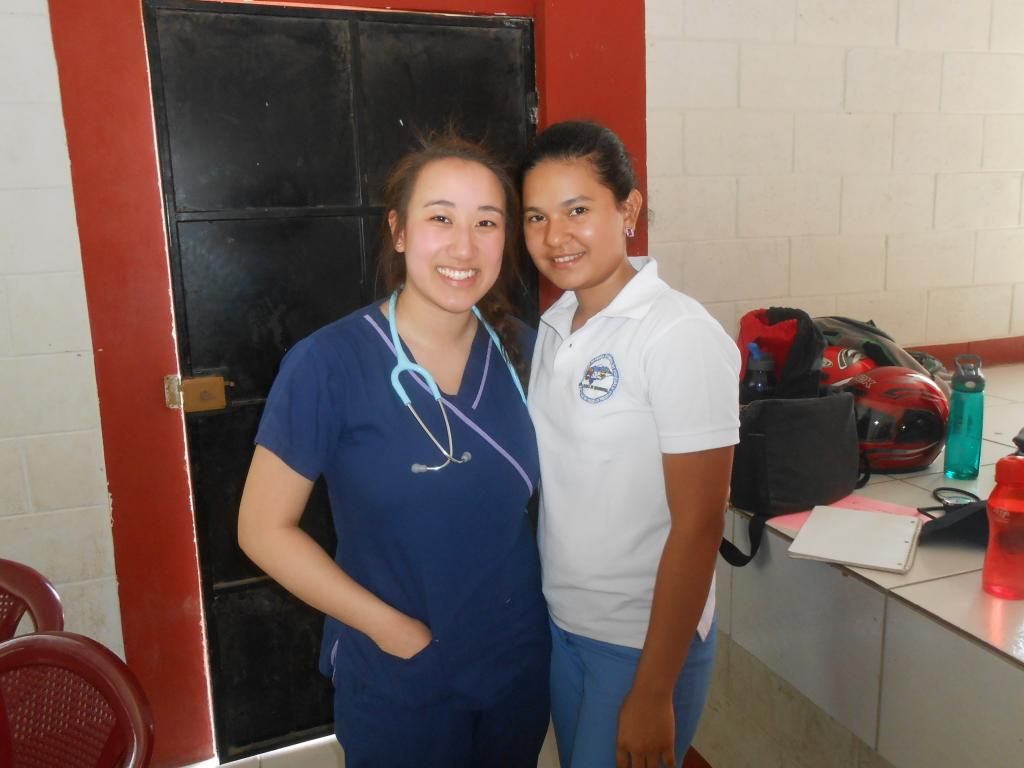 |
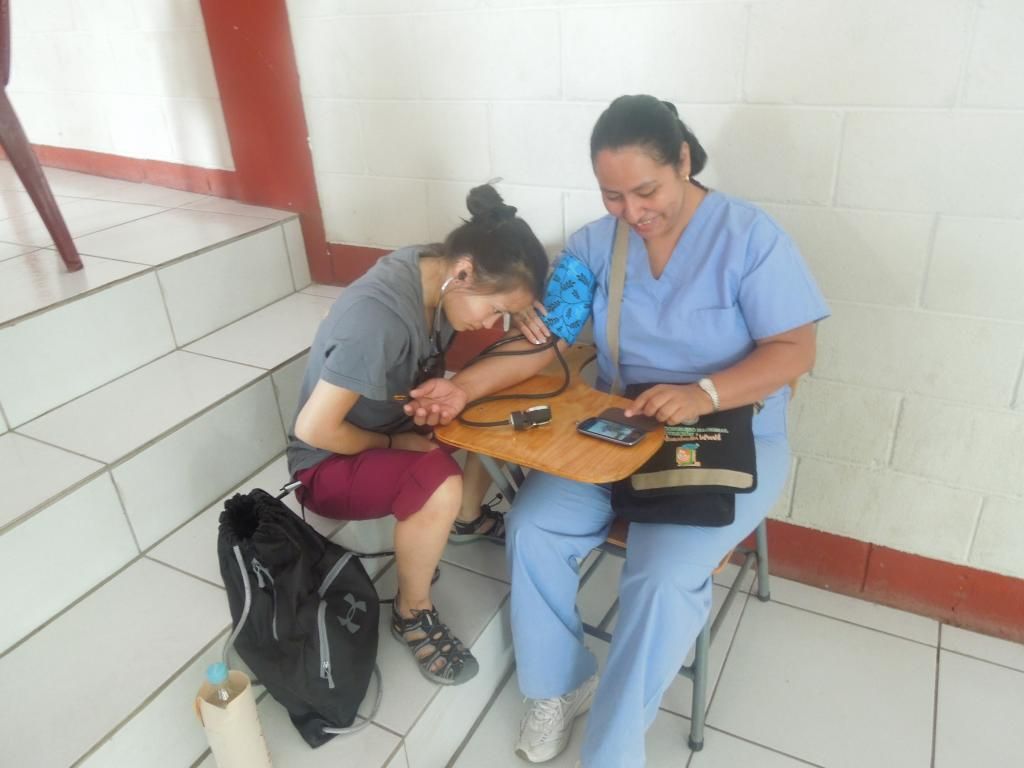 |
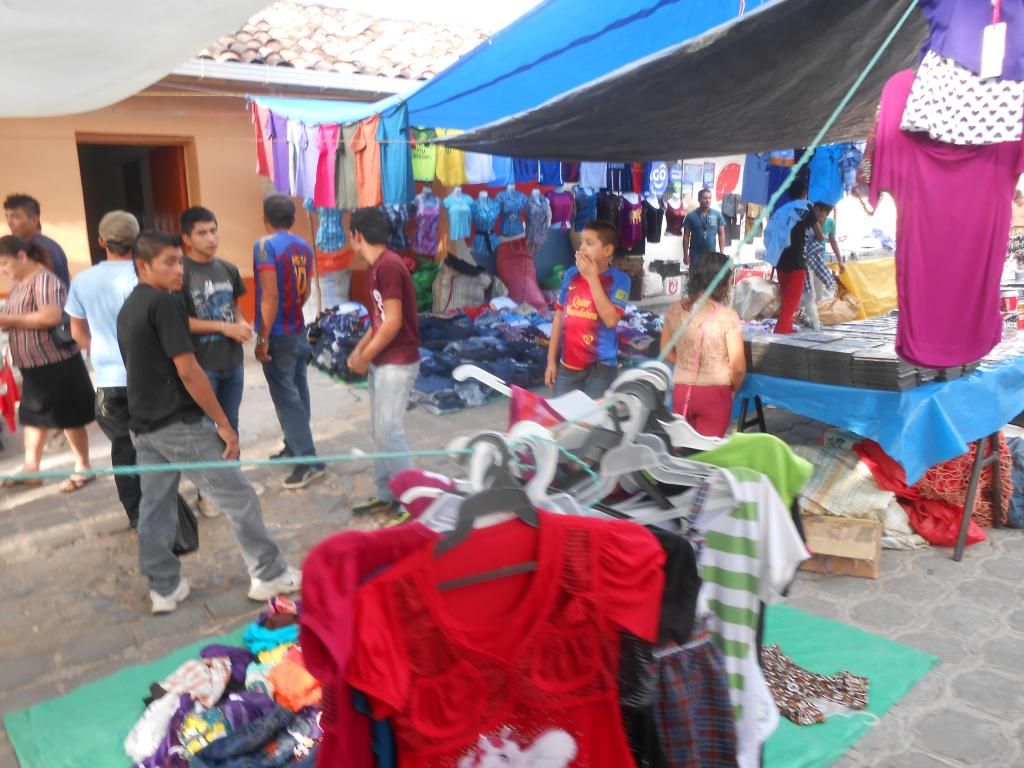 |
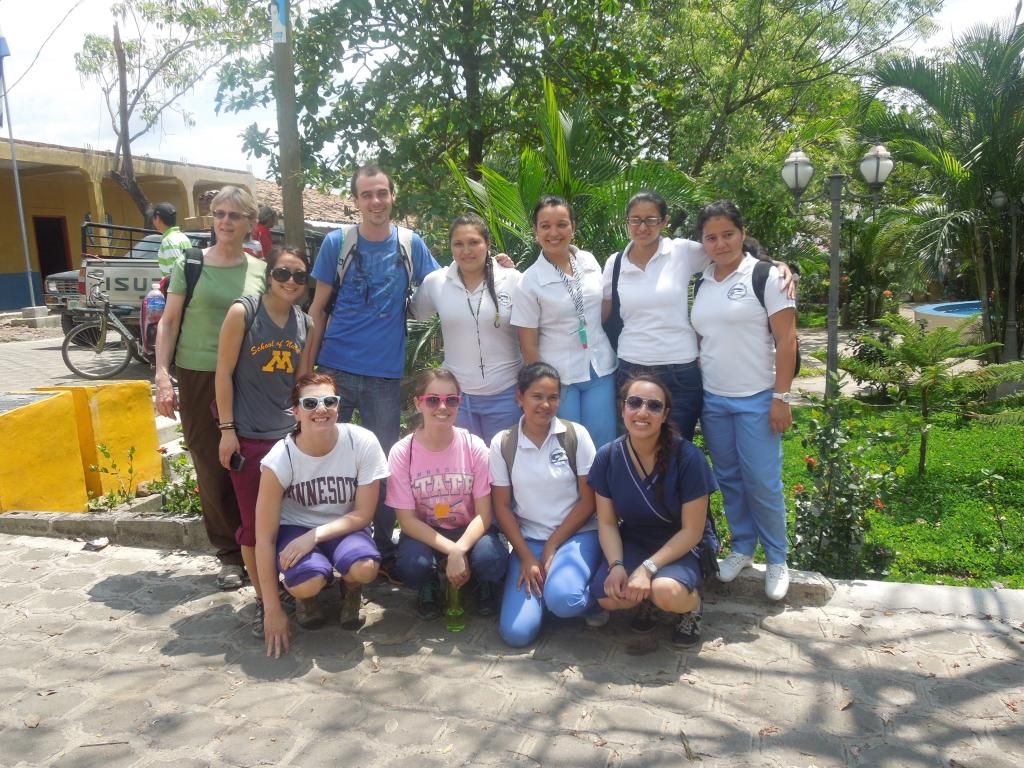 |
 |
When we went back home we had some presentations from people that worked with Hombro a Hombro about common diseases there such as Dengue (similar to Malaria) and Chagas (a bug that bites and then dedicates in your skin).
There was also some interesting myths and beliefs:
1. "Mal de Ojo" or "Evil Eye": Mothers believe that there are people out there that have this disease and will look at their child with the "Evil Eye" and make their child sick. They treat them by spreading eggs and herbs all over the babies skin. It is prevented by having the baby wear a red and black bracelet (which I saw during the postpartum rounds).
2. Postpartum women wear cotton balls in their ears and hats over their head even though it is super hot out. They do not want any bad air to get inside of them.
3. Te de Olin Parturient: A charcoal tea that women will make immediately after giving birth. This will help them throw up so that the stomach tenses up in order for the placenta to get delivered.
For the rest of the day we just relaxed, walked through town, had chocolate covered frozen bananas, debriefed about the trip so far, and watched limitless. We also learned how to make the corn tortillas that we had for just about every meal (even breakfast). It is a lot harder than it looks. The small ones that are not round are the ones that we made. There is also some pictures of the pila which is where we washed our dishes. On the right and left side is where you would scrub the dishes. Then in the middle you got out a small bowl of water to rinse.
Well that is only the first 4 days out of 11. So there will be a part 2 and probably even part 3. By this time in the trip it felt like I had known all these people forever even though we all just met.
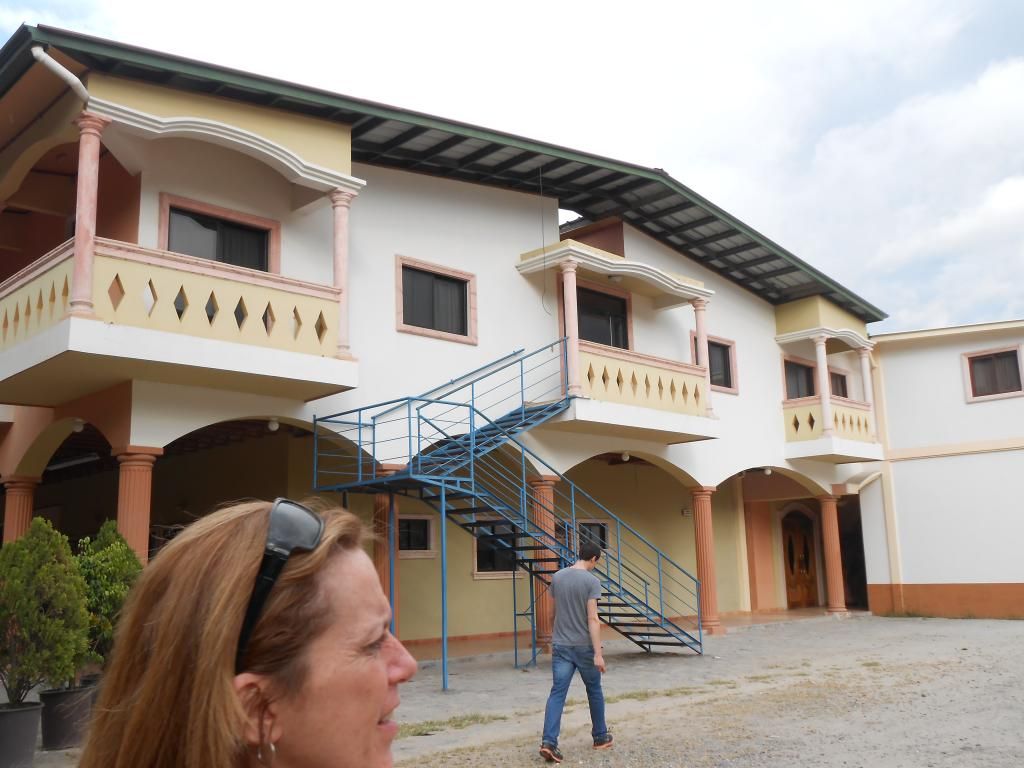
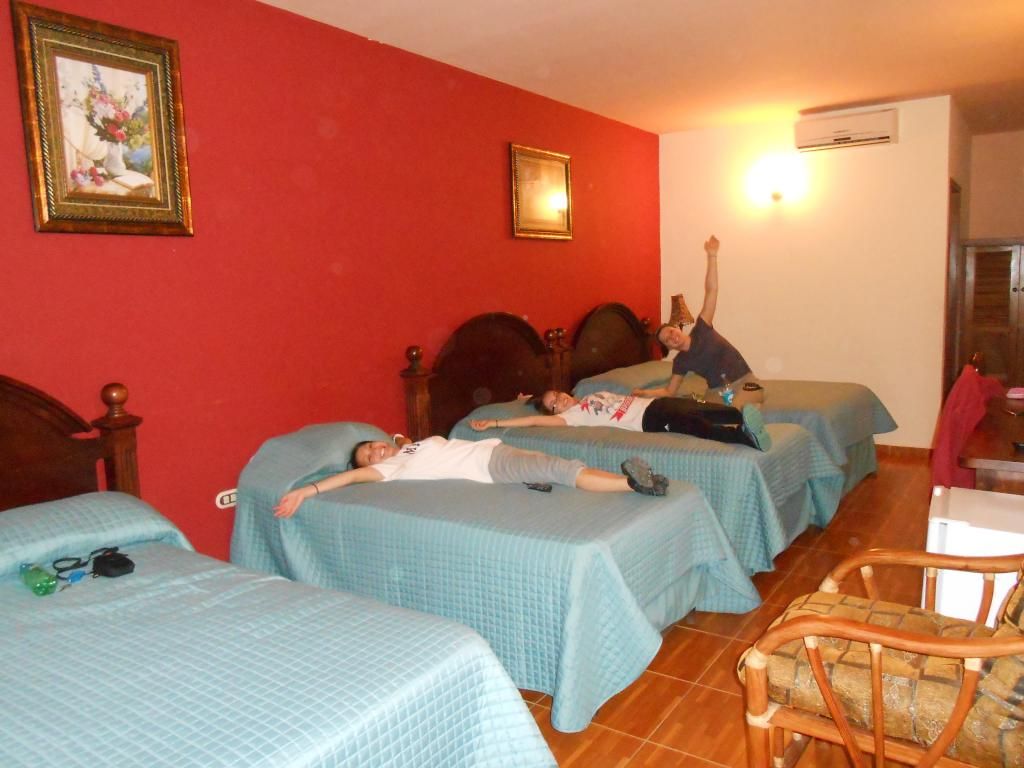
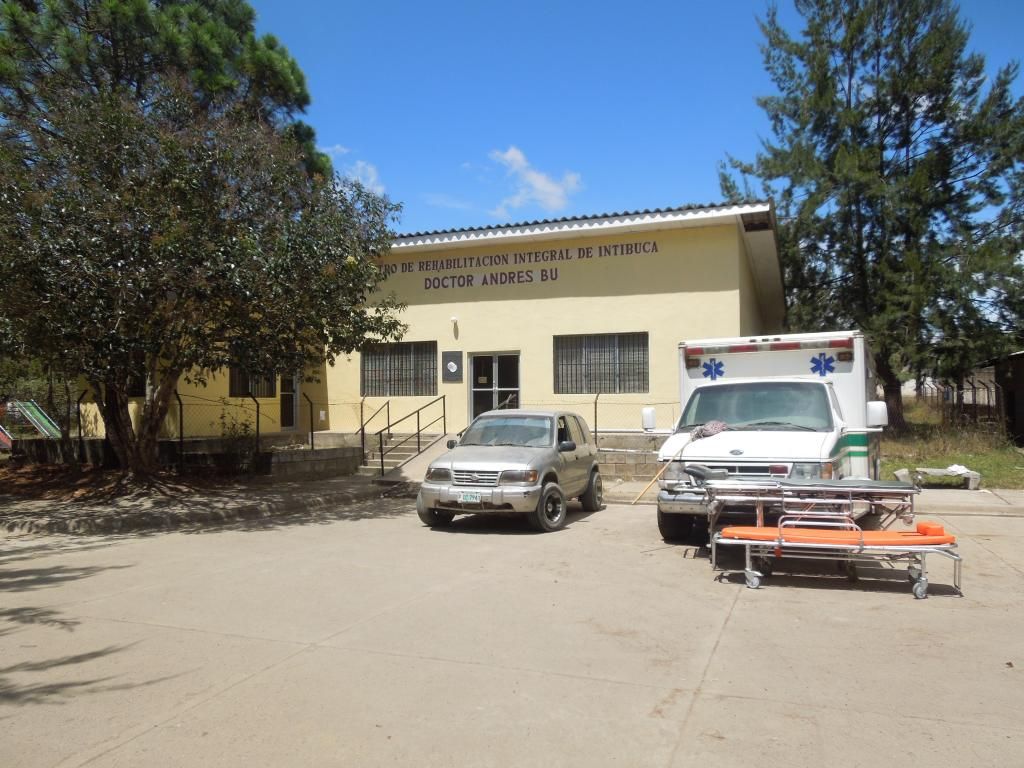
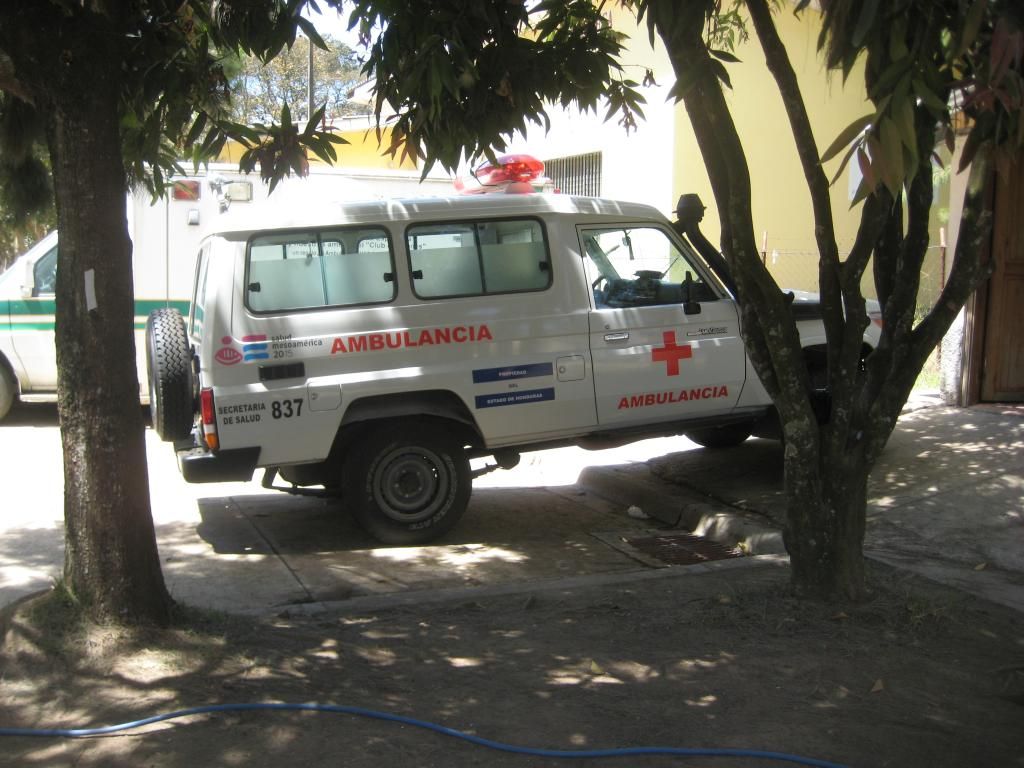
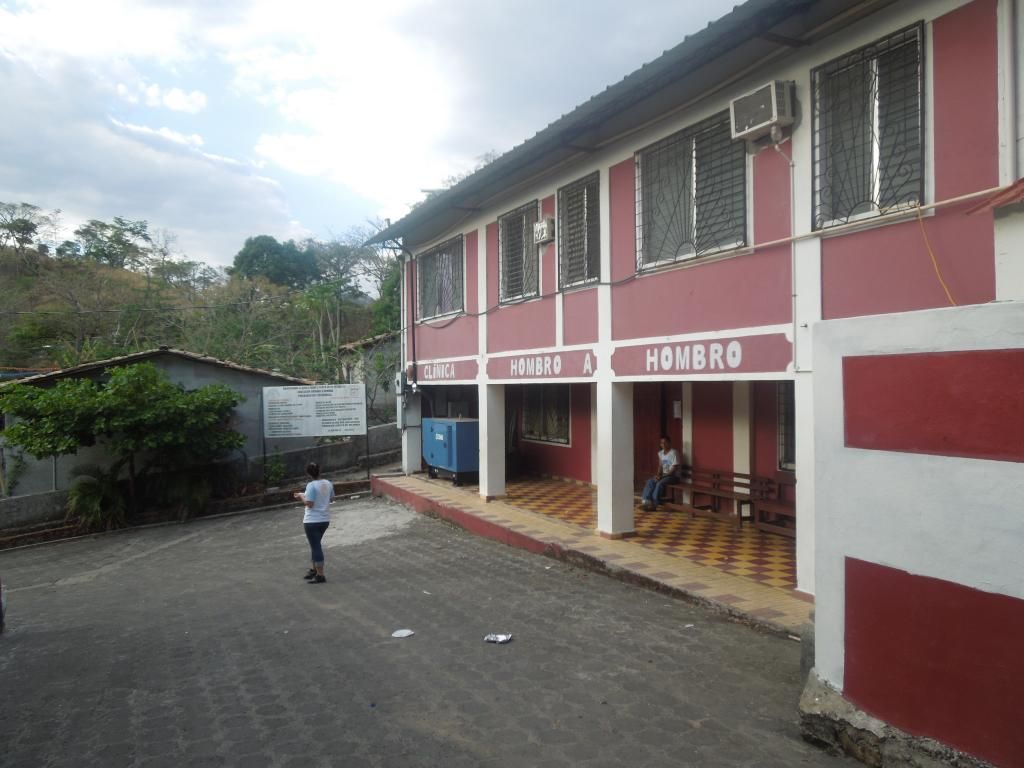
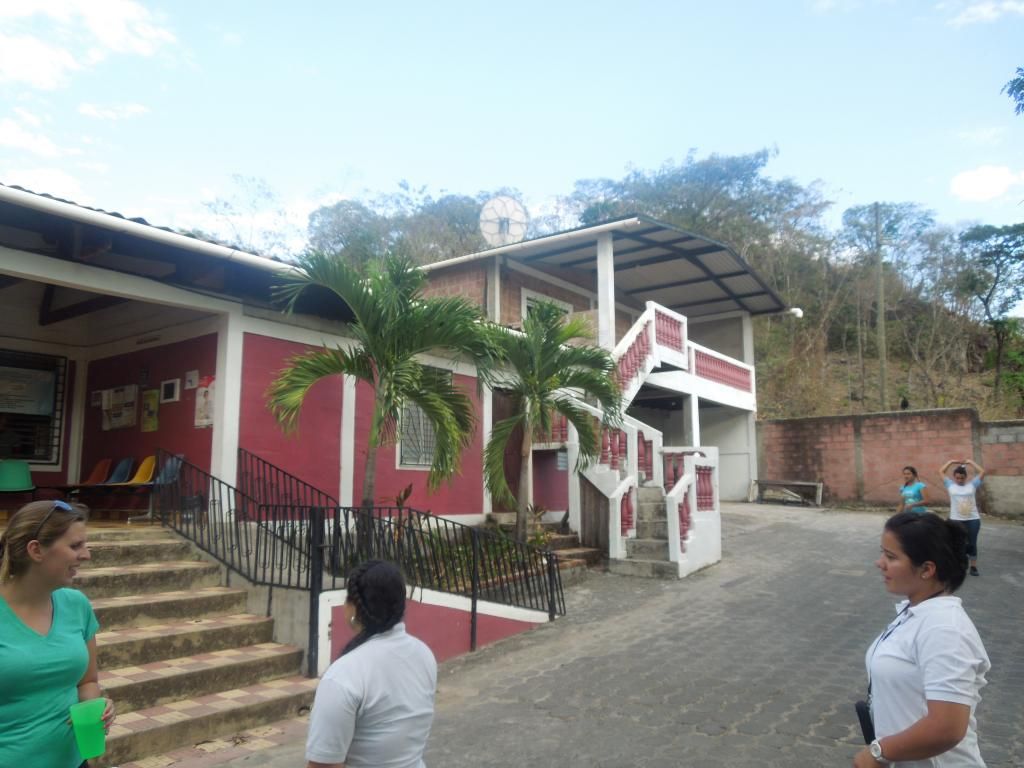
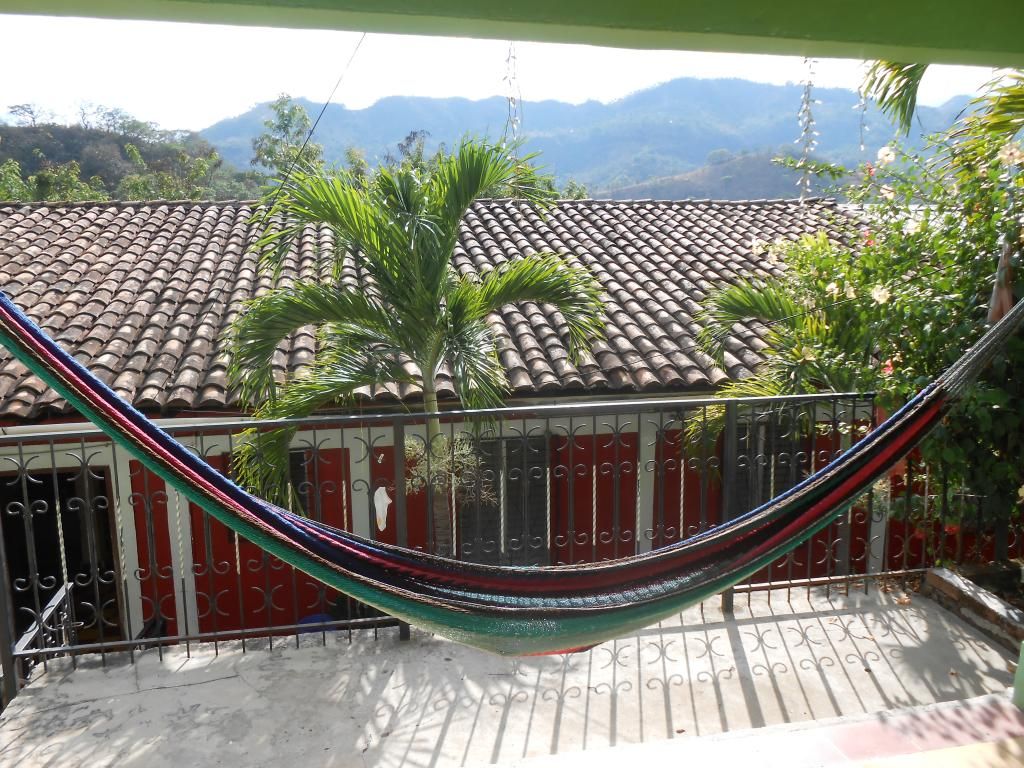
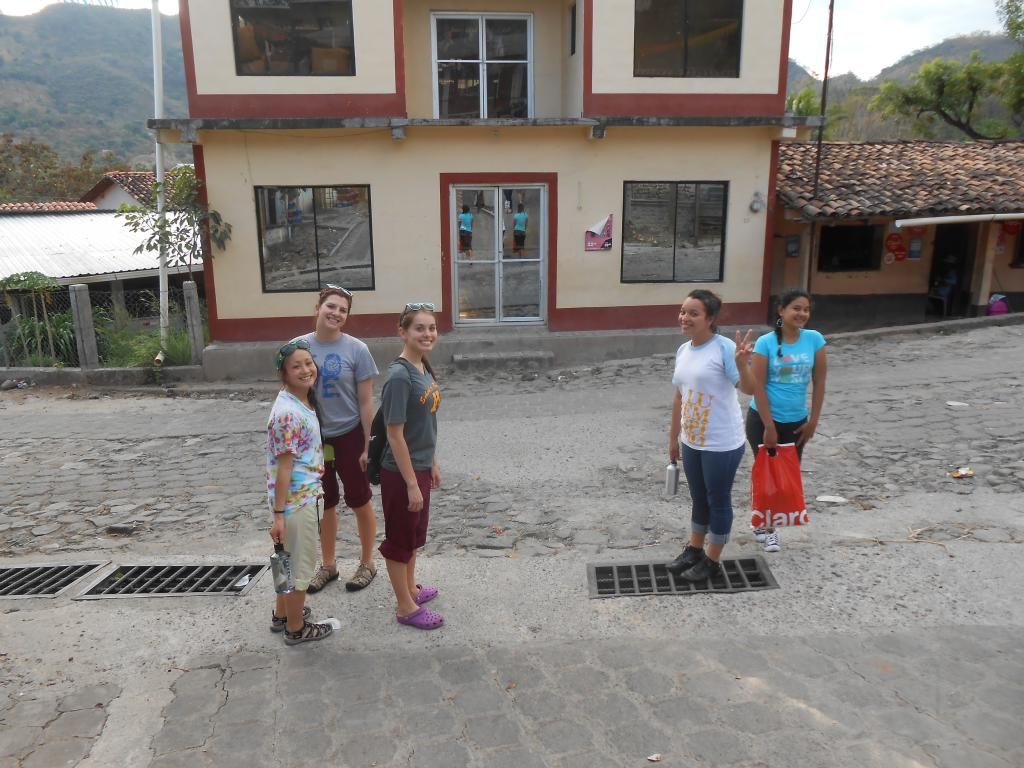

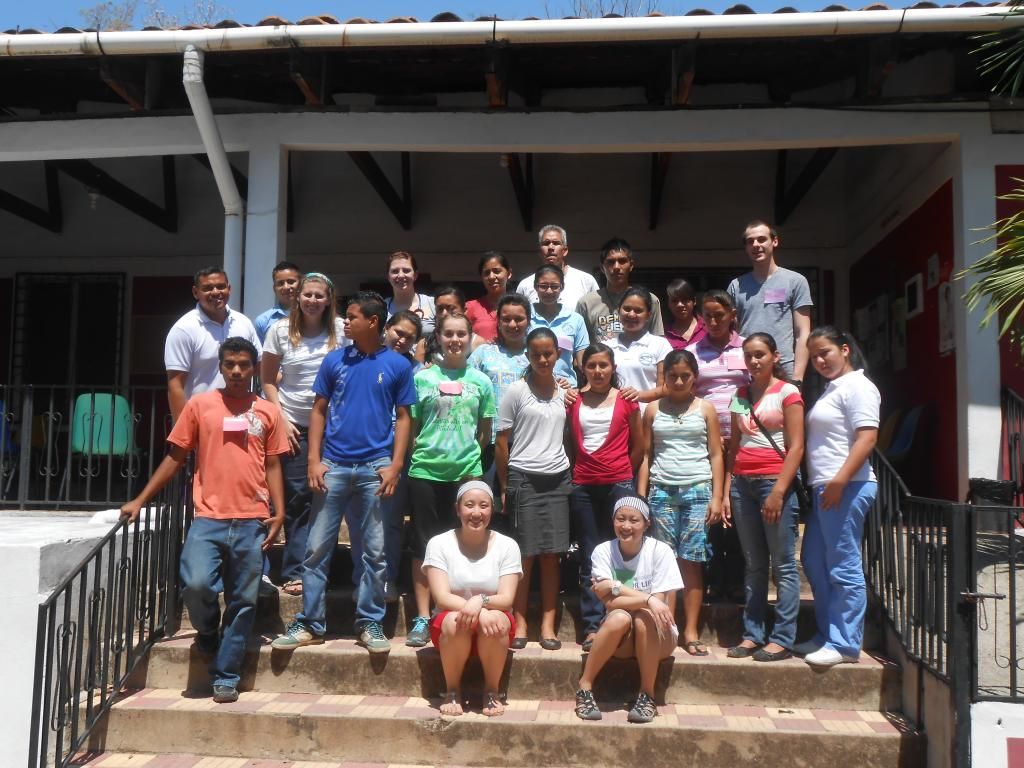

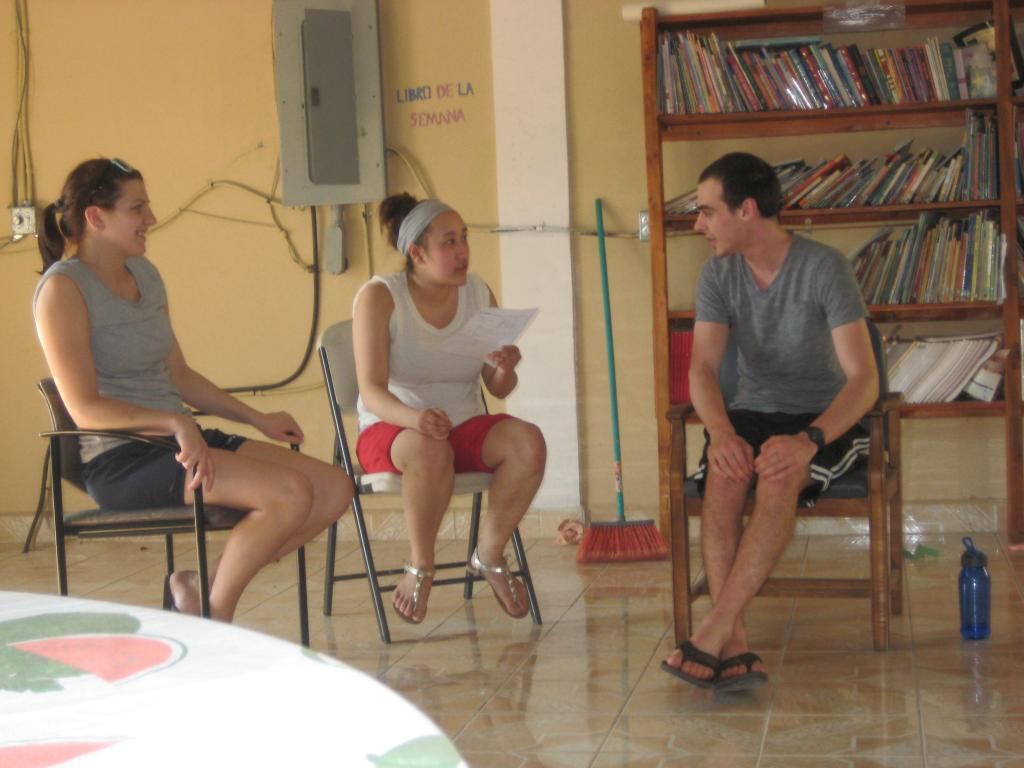

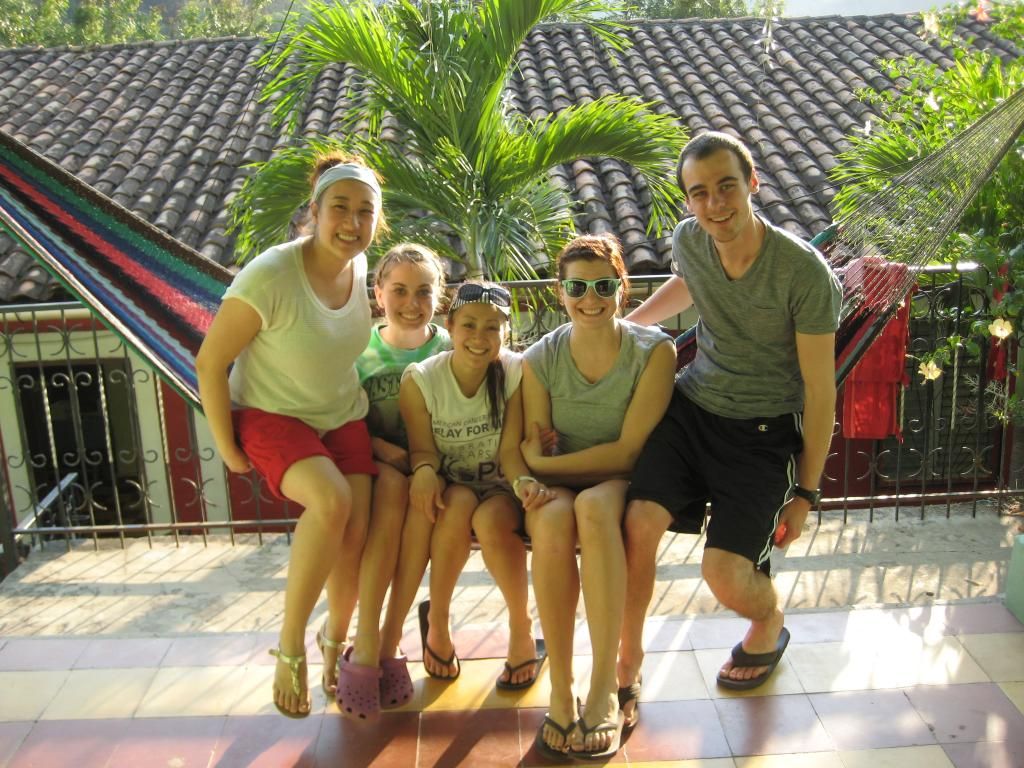

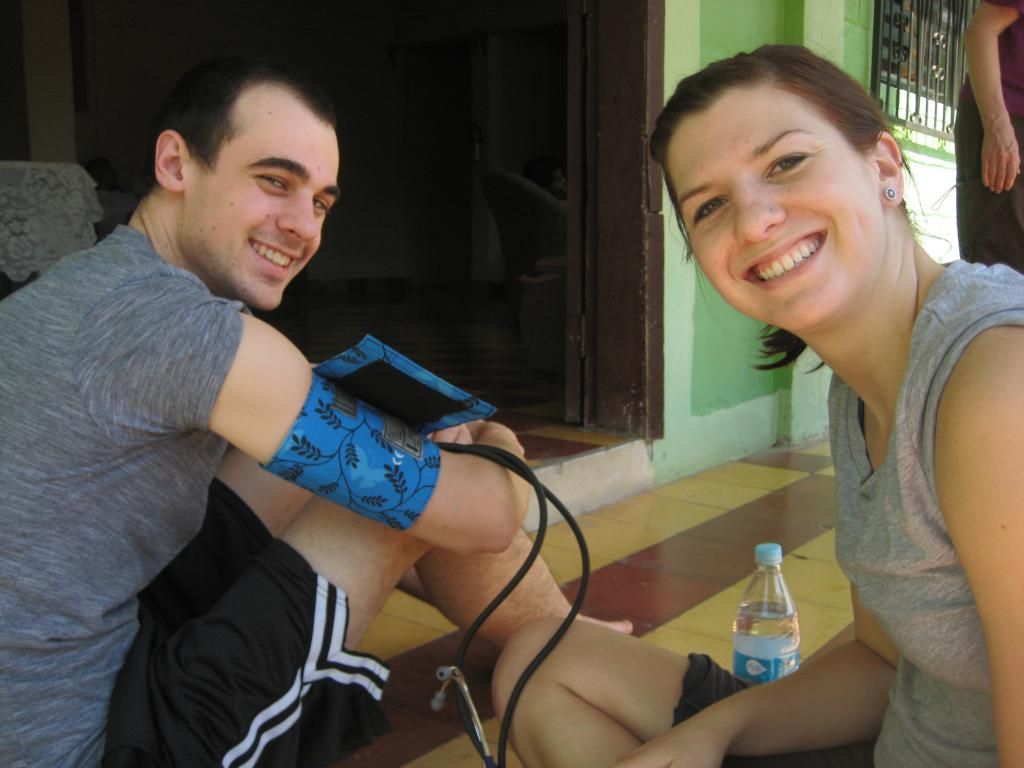










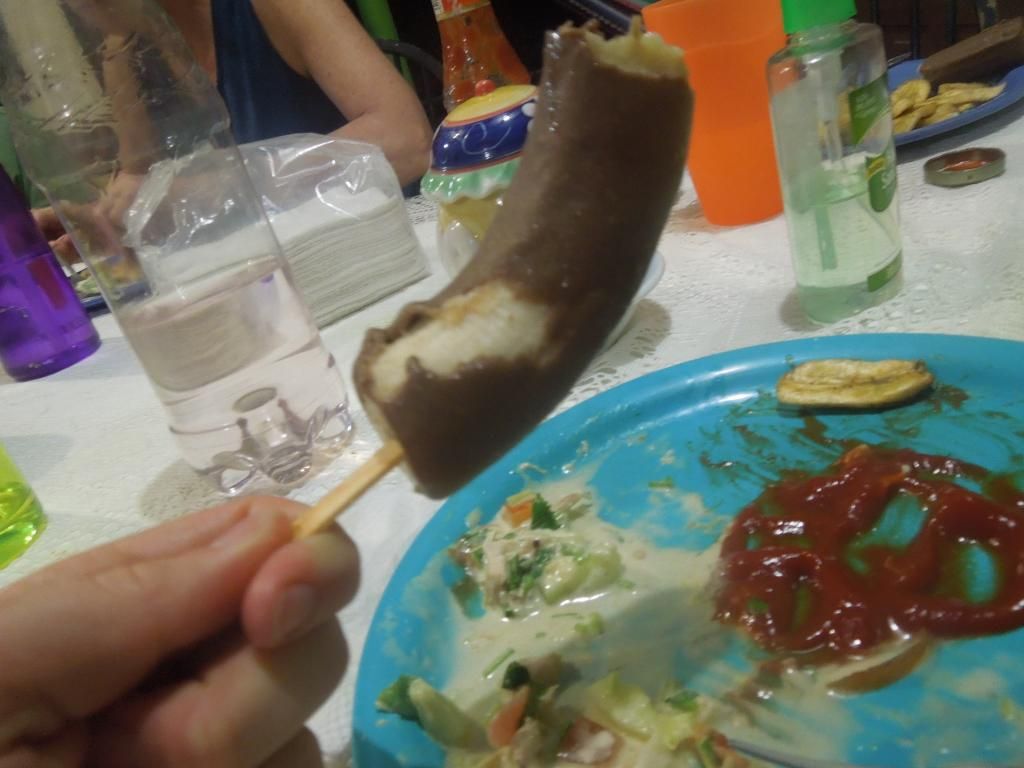
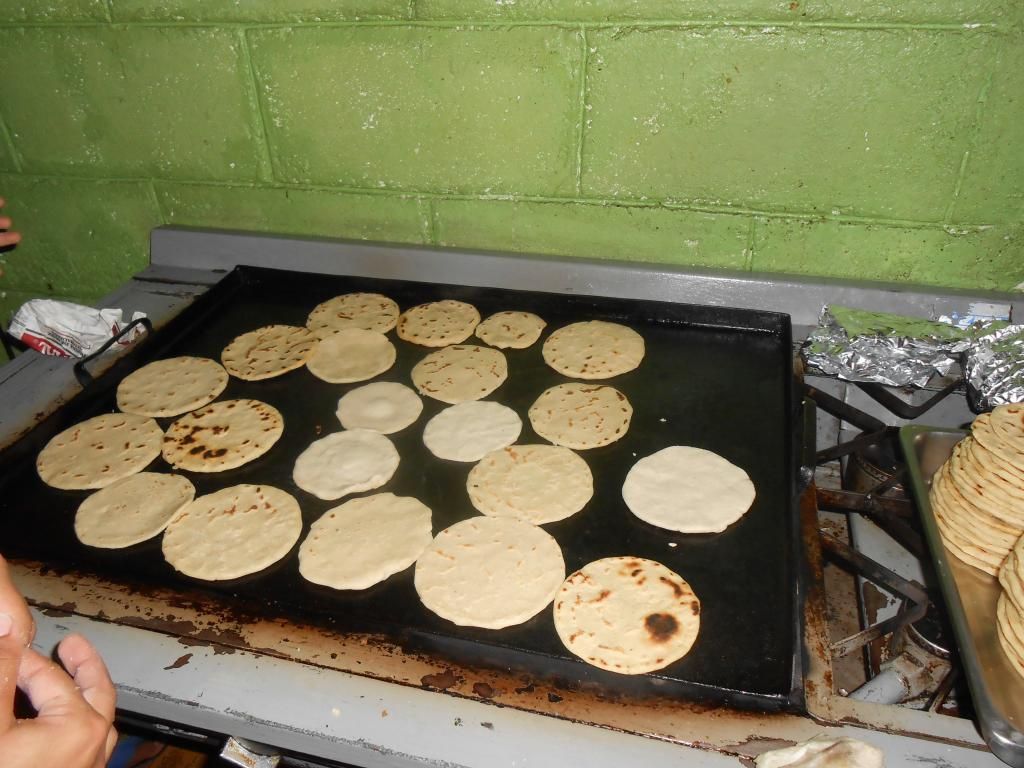
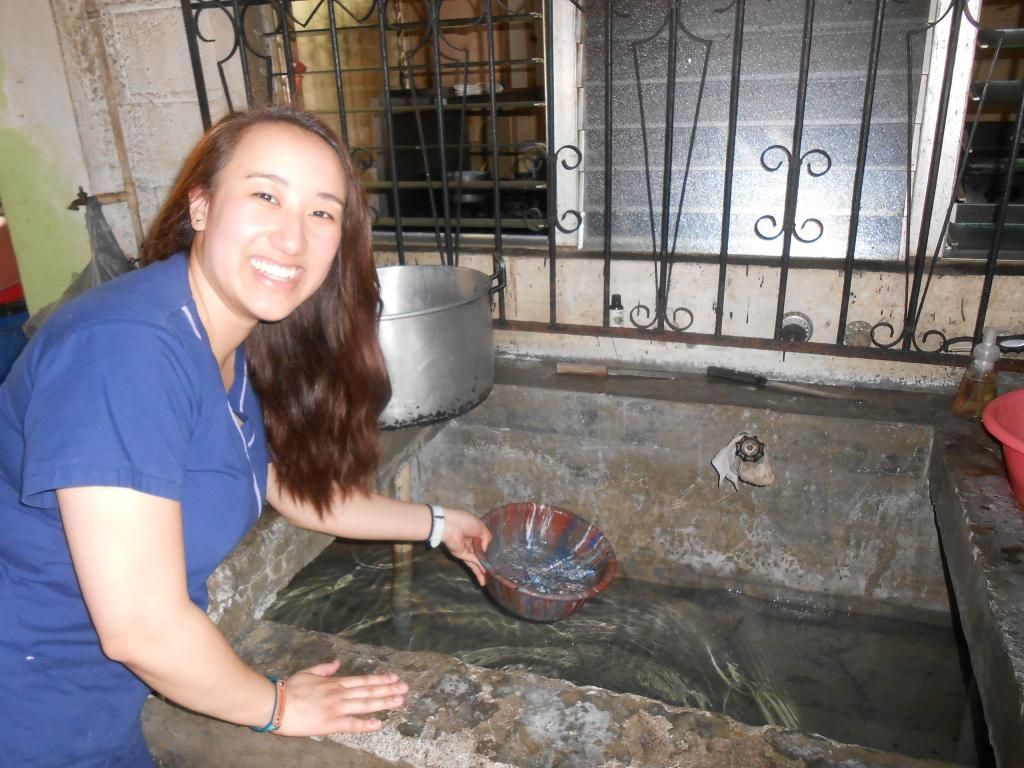
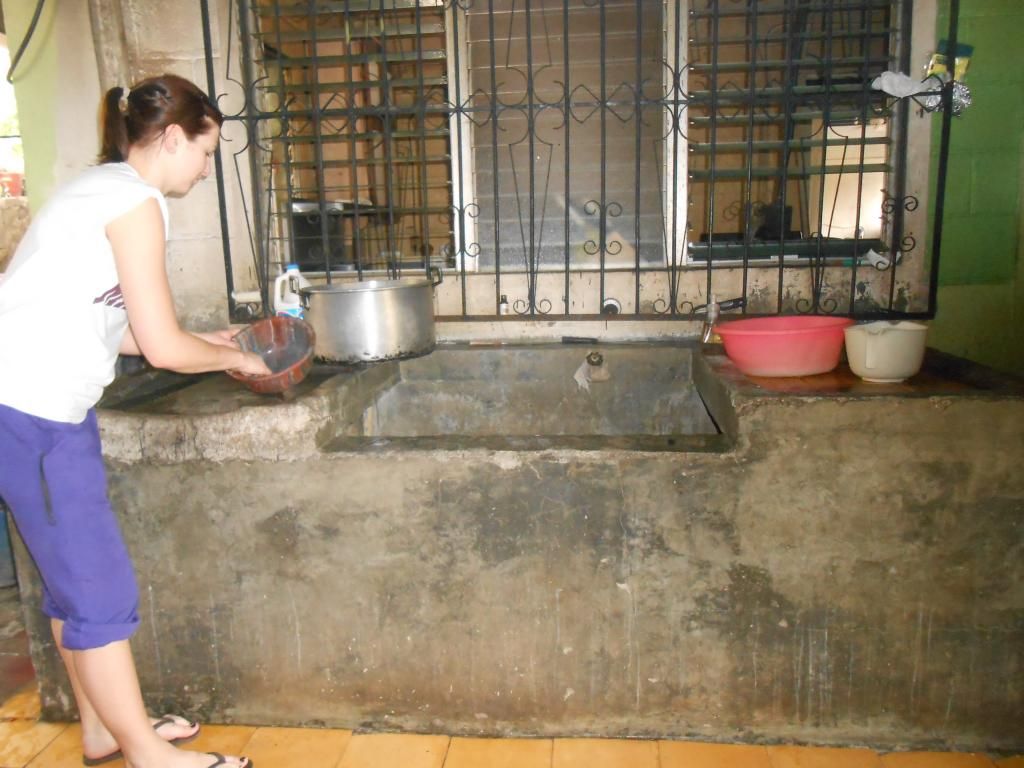





















No comments:
Post a Comment